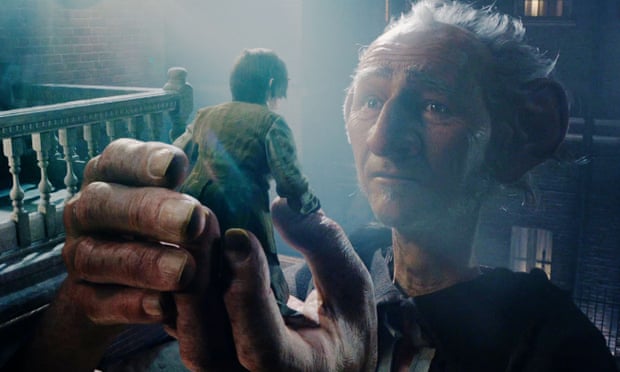After the clunky and underachieving disaster that was “Batman
v Superman: Dawn of Justice” the stakes for David Ayer’s “Suicide Squad” were
raised too high. Though Warner Brothers never planned it, because BvS failed to
live up to its own hype, this quirky film, inspired by a 4th-teir DC comics property, is now expected to give Warner's fledgling movie universe enough fuel to drive
fan interest to the next spin-off. Given that “Suicide Squad” is an already an odd premise—grouping
imprisoned super-villains to fight for the government against their will--and features
mostly unknown characters, a property this idiosyncratic and niche was hardly
positioned to save an entire franchise from failing. Making things all the more
difficult, Ayer’s attempts at dark satire and genre subversion are undercut by
the studio’s bottom-line priorities and the narrative has been ravaged by
intrusive re-shoots and bad editing.
Following the events of “Batman v Superman,” government intelligence
decides to create a team of mutants and misfits of their own in case another ‘meta-human’ decides he or she above the law. Agent Amanda Waller (Viola
Davis) brings together the unlikely ensemble of a hitman named Deadshot (Will
Smith), a dangerous pyro-kinetic named Diablo (Jay Hernandez), the unicorn
obsessed maniac Boomerang (Jai Courtney), a sewer dwelling cannibal called Killer Crock (Adewele Akinnuoye-Agbaje), a possessed mystic named Enchantress
(Cara Delevingne) and an unpredictable Joker obsessive named Harley Quinn (Margot
Robbie). Once the team is assembled they are set on the first mission to stop Enchantress
when her vaguely defined witch spirit is reunited with an ancient Mezzo-American
war-god, unleashing a horde of amorphous, blob-headed bad-guys onto the
city streets.
The movie almost never works either as a streamlined
superhero peice or a darkly humorous action-comedy, but as misbegotten or as poorly
executed as it might have been I can’t bring myself to dismiss Ayer’s ambitions.
There are moments in this swirling, crass, adolescent and tone-deaf glorified
videogame that approaches a level of hysteria and anarchy that too few mainstream
comic book movies dare to embrace. Even this year’s “Deadpool,” which was
celebrated for it’s hard-R raunchiness, played it safe when it came to defining
who we’re supposed to root for, who we’re supposed to hate and it created a safe relatability
when it came to the protagonist’s goals and desires. “Suicide Squad” muddies all of
those waters and celebrates the sickest and most deranged motives within its
characters, but it fails to take its punk-rock attitude beyond the surface into
the thematic territory where it could have made a bigger impact.
All the actors seem committed and game to embody these
larger than life sociopaths—Margot Robbie walks away with whole movie and Will
Smith almost reminds us why we liked him in the first place—but the filmmakers
are never as committed to the story. The generic and buffoonish cartoon plot is
treated merely as an apparatus to house the ensemble and to highlight the film’s
overbearing aesthetic choices. The overall production design seems to be inspired by a 13-year old’s pog collection
from the mid-90s and the groan-inducing jukebox soundtrack is filled with painfully on-the-nose rock music selections. It doesn’t help that the actors, as hard
as they try, never compensate for the one-note, smart-alecky dialogue.
Somewhere in the creases and corners of this unmitigated disaster
exists the seeds of a more interesting movie.
Jared Leto’s minor appearance as the Joker is occasionally exciting but
like everything else is buried under the larger beats of the silly and
uninteresting A-plot. I can’t help but wonder if a movie about Joker and Harley that fully explores their toxic romance might have been more satisfying (think Oliver Stone’s “Natural
Born Killers” in Gotham). Perhaps if the film had been allowed to be R-rated
and these supposedly dangerous criminals were forced to plow through the Joker’s
hench-men or an opposing military instead of mystically powered, faceless ghouls,
the movie could have retained the grit and immediacy of Ayer’s previous work (“Fury”
“End of Watch”). As it stands, “Suicide
Squad” is an empty-headed and tonally frustrating missed opportunity and yet another
stumbling block in DC/Warner’s desperate attempt to catch up with Marvel’s
blockbuster winning streak.
Grade: C-
Originally published in the Idaho State Journal/Aug-2016
Listen to this week's episode of Jabber and the Drone to hear more conversation about "Suicide Squad."






